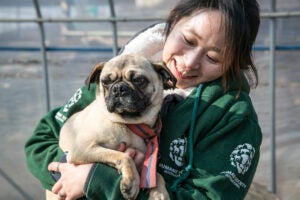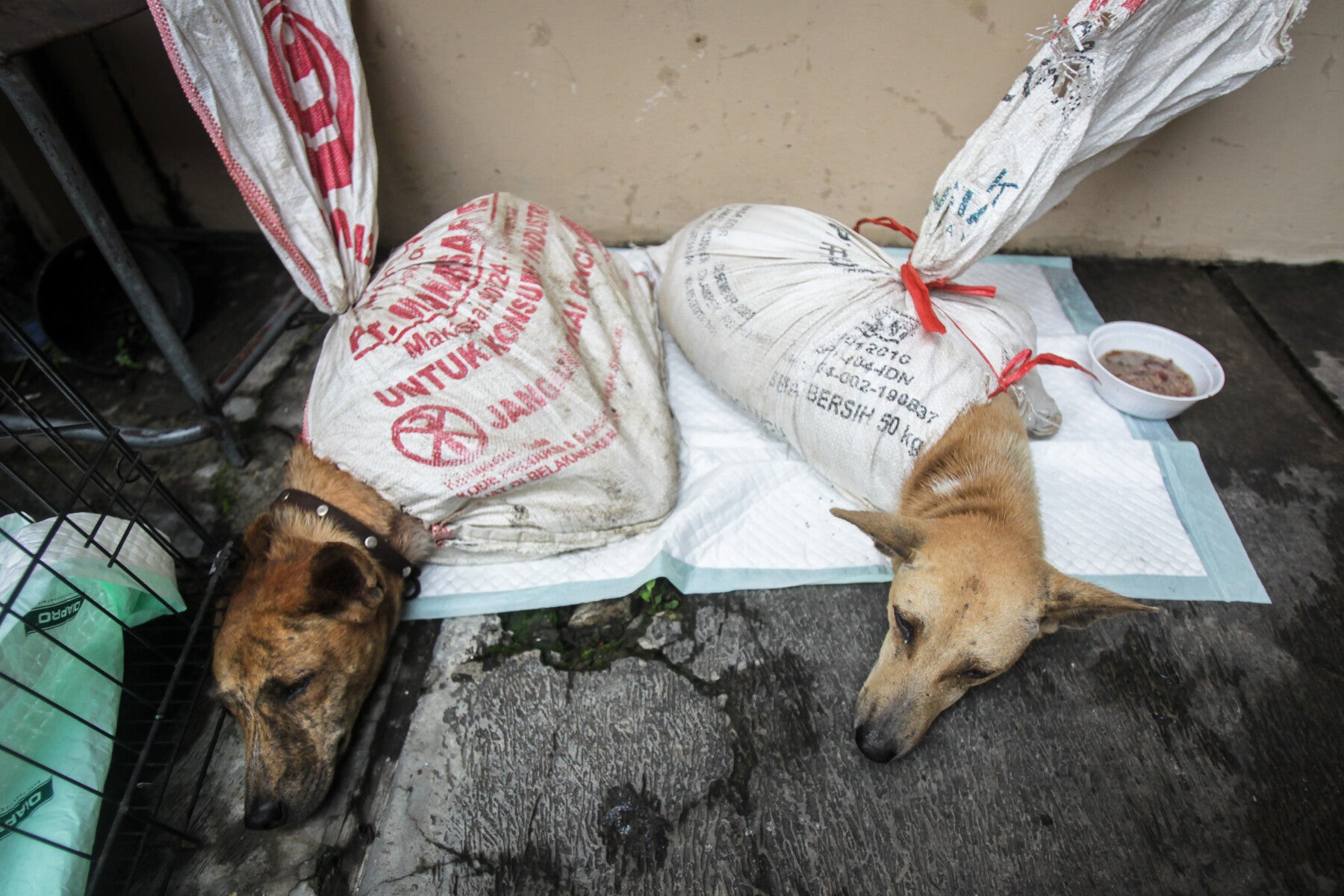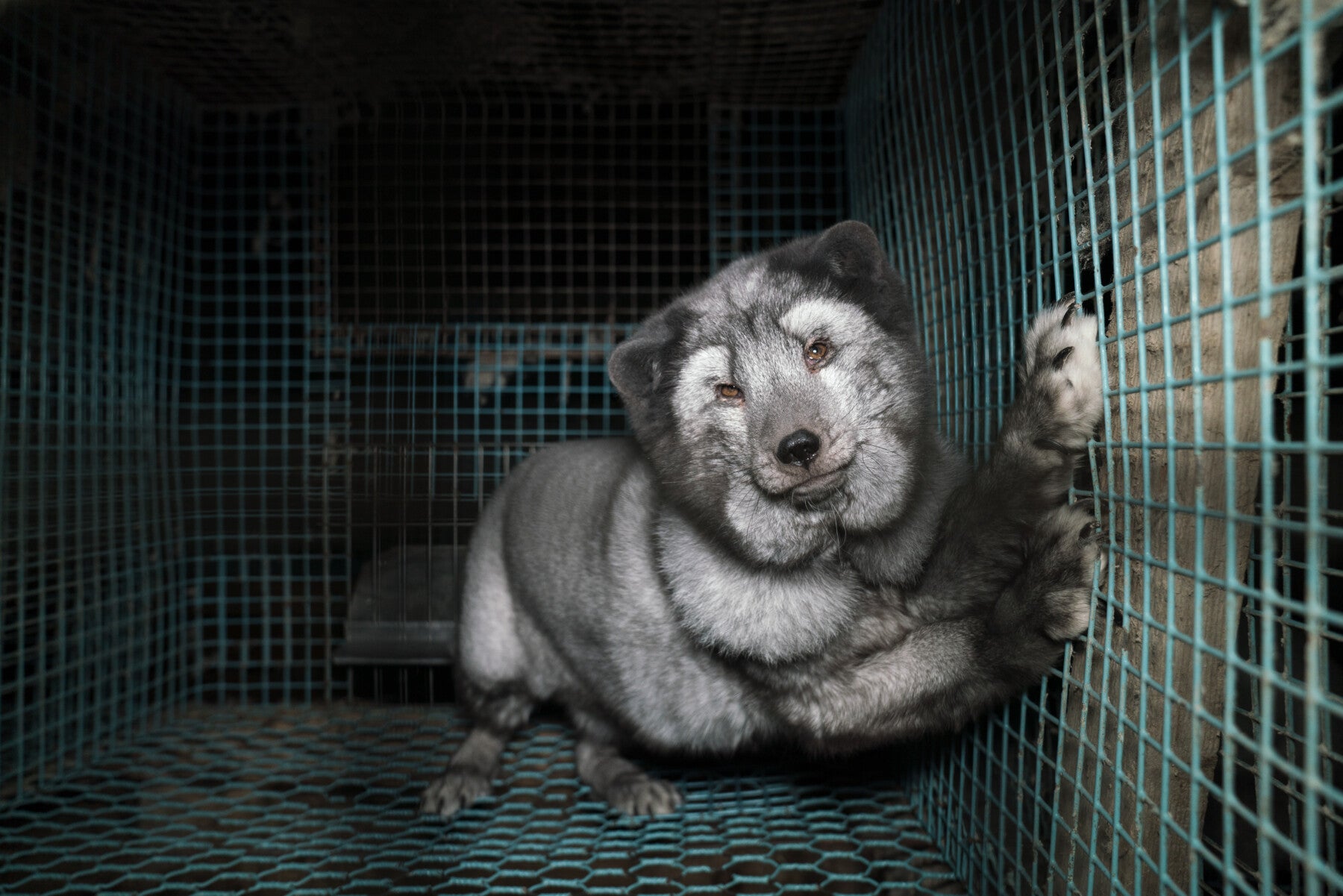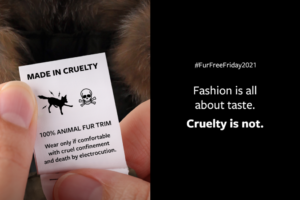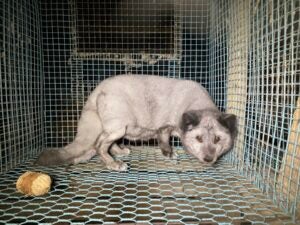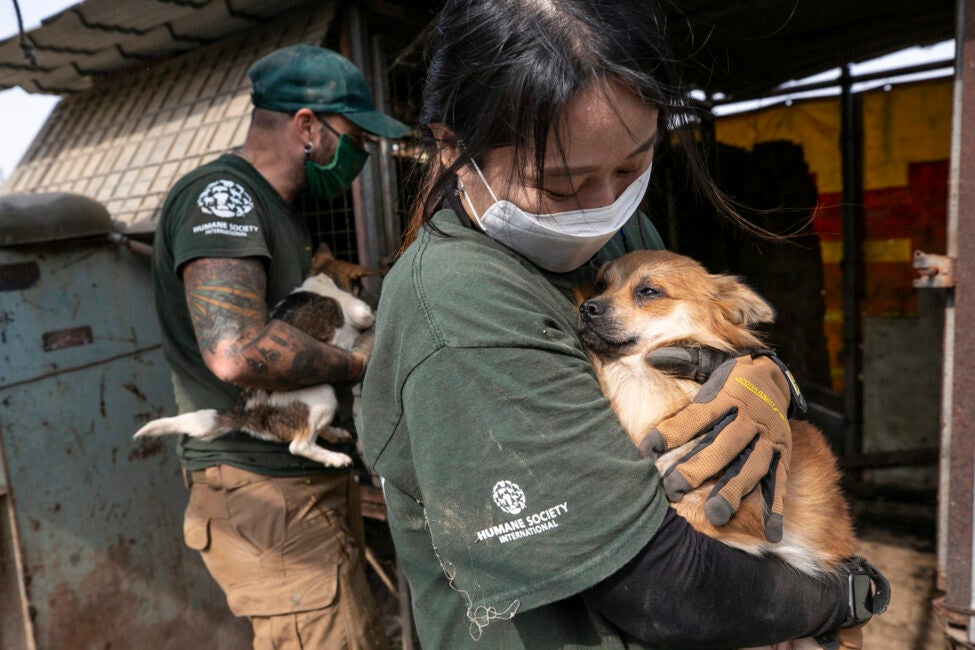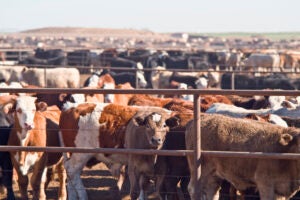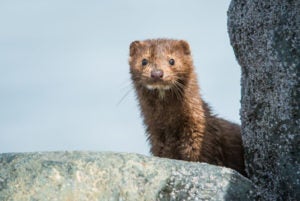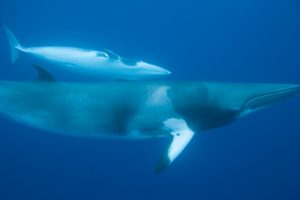
LONDON–Dr Jane Goodall DBE, UN Messenger of Peace, joined with many of the world’s leading animal protection and conservation organisations, to urge the 88 member countries of the International Whaling Commission to adopt a new 50-Year Vision to save whales, dolphins and porpoises from extinction in the face of increasing ocean threats. are Many species are facing an increased threat of extinction because of fisheries bycatch; chemical, plastic and noise pollution; marine debris; ship strikes; habitat loss; the urgent climate crisis as well as continued direct persecution from commercial killing and dolphin drive hunts.
The coalition of NGOs, including the Animal Welfare Institute, Humane Society International, Born Free Foundation, OceanCare, IFAW and Environmental Investigation Agency, launched the 50-Year Vision at a virtual event, to mark the 75th anniversary of the International Whaling Commission (IWC). Originally established in 1946 to conserve whales in order to maximise hunting quotas, the IWC has since evolved to address myriad anthropogenic threats that pose an immediate danger for many populations of cetaceans. Of the 90 species, 12 subspecies and 28 subpopulations of cetaceans that have been identified and assessed to date, 22 are listed as ‘Critically Endangered’, 22 as ‘Endangered’ and 16 as ‘Vulnerable’. Without globally co-ordinated conservation actions, many species and populations will go extinct within our lifetimes, the NGOs warn.
Giving the keynote speech, Dr Jane Goodall DBE said: “Some 80% of the world’s oxygen comes from the ocean. Our seas, along with our forests, are literally the lungs of our planet. Tragically, the vast marine habitat is increasingly threatened by our human actions. We are polluting it with toxic substances, large areas become acidified, the water is warming, commercial fishing has endangered many species, and its biggest and so loved residents – whales, dolphins and porpoises – are suffering.
Unbelievably, despite a 40 year ban, many still suffer the cruelty of commercial whaling. Then around 300,000 cetaceans die when they’re accidentally captured in fishing gear. They drown. A number of species and some populations are now facing extinction. There are solutions, but our governments must prioritise them and also recognise and support the International Whaling Commission as the organisation to coordinate these global priorities.”
The 50-Year Vision (supported by more than 50 NGOs worldwide) calls on the IWC and its 88 member countries to ensure that conservation urgency is at the centre of global efforts to save cetacean species from decline. It warns that the degradation of the oceans has accelerated rapidly in recent years, with ocean temperatures warming up to 40% faster on average than the Intergovernmental Panel on Climate Change previously estimated, and more than 150 million tonnes of plastics have accumulated in the oceans since the 1950s. Ocean acidification has also increased by 26% since pre-industrial times, global maritime traffic has vastly increased, as have ambient noise levels from shipping, seismic surveys, exploration and military activities. An estimated 300,000 cetaceans are killed annually as bycatch in fisheries. These challenges are compounded by the loss of critical habitat to climate change.
A host of celebrities supported the 50-Year Vision at its launch event, with video messages from naturalist and campaigner Chris Packham, actress Dame Judi Dench, Singer Leona Lewis and world-renowned sailor Tracy Edwards MBE. Download the celebrity videos here.
The NGOs believe the IWC’s 75th anniversary provides the perfect opportunity ahead of its 68th meeting in October 2022 to define a clear 50-year Vision that goes beyond managing whaling and establishes the IWC at the centre of global efforts to conserve all cetaceans.
The 50-Year Vision outlines that, looking forward, the IWC’s priorities must be focused on conservation, and recommends specifically that the IWC:
Maintain the ban on commercial whaling which is not a viable industry in the 21st century. Demand for whale meat has fallen to unprecedented levels in the remaining nations conducting commercial whaling, and the industry is now dependent on significant government subsidies. The very nature of cetaceans – long lived, slow breeding, depleted and vulnerable to growing environmental threats – means that commercial whaling is inherently ill-suited to meeting the Sustainable Development Goals such as providing food security, and ensuring sustainable consumption and production patterns.
Manage Aboriginal Subsistence Whaling. The IWC’s most important whaling management responsibility is the regulation of Aboriginal Subsistence Whaling (ASW). It is vital that the IWC maintain a clear distinction between ASW and commercial and special permit whaling, to ensure the integrity of the moratorium and meet the genuine nutritional, cultural and subsistence needs of indigenous peoples
Ensure whale watching is effectively managed. Whale watching is an industry worth more than US$2 billion, enjoyed by over 13 million people in 119 countries each year. However, as the success of whale watching continues to grow, the IWC must ensure it is conducted responsibly and is biologically sustainable.
Implement IWC Sanctuaries as Effective Marine Protected Areas. The IWC took the visionary step of designating two massive protected areas at a time (1979 and 1994) when marine reserves were a relatively new concept. Today, there are more than 900 marine protected areas providing habitat for cetaceans globally but not all have conservation goals or management plans to mitigate threats to cetaceans.
Consolidate the IWC’s welfare mandate. The IWC is uniquely positioned to ensure that the pain and suffering of cetaceans in both hunting and non-hunting situations is understood and minimised. It is already building a global response to entanglement but must expand its work and its collaboration with other organisations to better understand, measure and address other non-hunting welfare threats to cetaceans.
Increase collaboration, skills-sharing and capacity building in member governments, on ocean conservation, global biodiversity, sustainable development goals, harmonised research and mitigation efforts, to reverse the trifecta of the climate, pollution and biodiversity crises.
Ensure that decision-making reflects that the ecological contributions of cetaceans are a public good. Cetaceans make vital ecological contributions to the health and productivity of the oceans, including enhancing fish populations by increasing primary productivity, sequestering carbon, and promoting biodiversity. The IWC’s growing expertise in this area will enable it to leverage funding for cetacean conservation from new sources, including international institutions that fund climate mitigation and other conservation efforts.
Kitty Block, CEO of Humane Society International says: “As the health of the world’s oceans dramatically declines, cetaceans are in trouble, and that’s a tragedy not just because they are magnificent and sentient animals but because they also play a vital ecological role. Our 50-Year Vision offers a vital strategic plan for the IWC to help save whales, dolphins and porpoises in these most perilous of times.”
ENDS
Download photos of cetaceans here.
Media contact: Wendy Higgins, HSI director of international media: whiggins@hsi.org
Background on the IWC
Almost three million great whales were killed in commercial whaling operations in the 20th century. As whale populations declined but competition for the remaining whales increased, the International Convention for the Regulation of Whaling (ICRW), which established the International Whaling Commission (IWC), was agreed in 1946 to conserve whale populations and regulate the whaling industry. Since then, the IWC has been the primary international organisation for the management and conservation of whales and is recognised in international law as such.
In 1982, the IWC made the visionary decision to ban commercial whaling worldwide, preventing the extinction of several populations and species. Almost 40 years later, despite recovery in some whale populations, many are nowhere near their pre-exploitation levels. Maintaining the ban on commercial whaling remains critical to ensuring that whales have the best chance of survival and recovery in what is now an increasingly degraded and rapidly changing marine environment.

